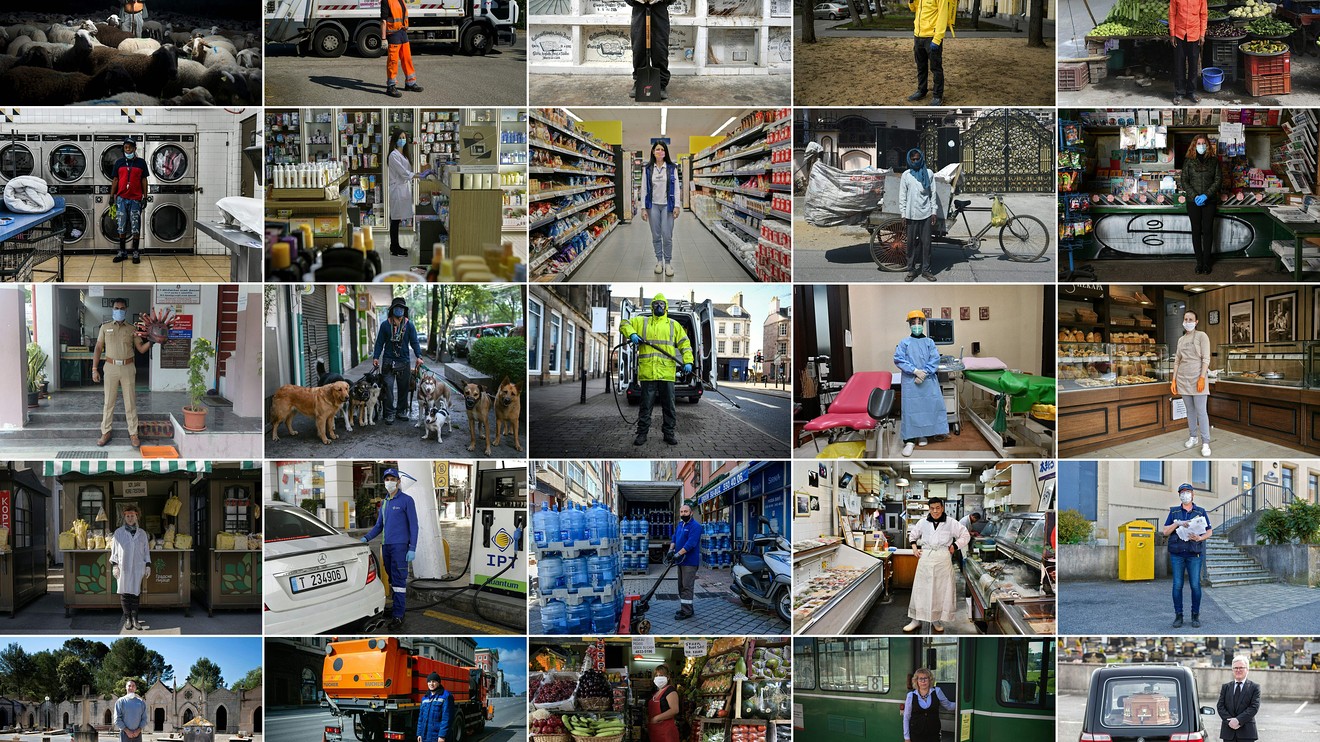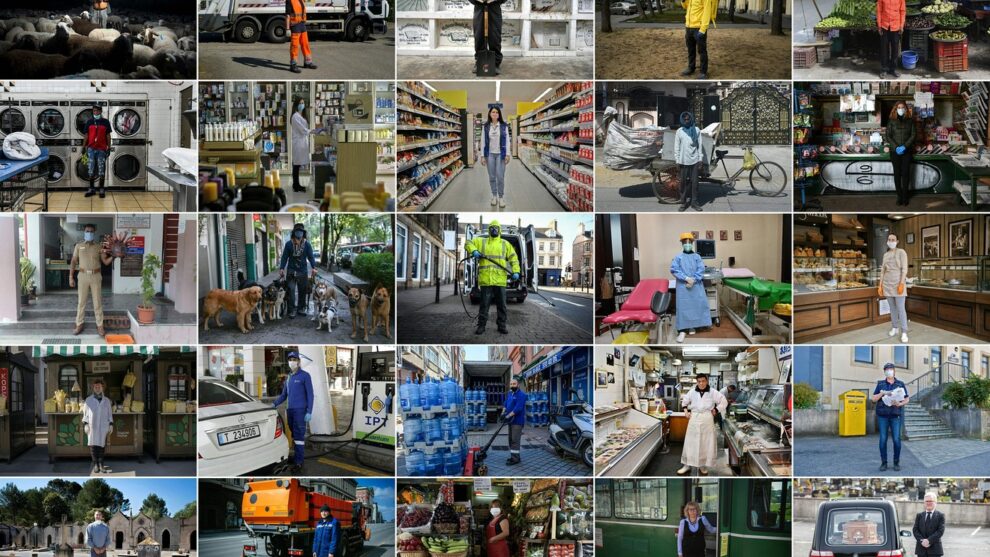
Americans are looking around at the jobs landscape, and realizing that a major upheaval like the coroanavirus pandemic affects some companies more than others.
“The COVID-19 pandemic shifted the focus of job-seekers toward larger and more resilient companies,” according to Shai Bernstein, associate professor of entrepreneurial management at Harvard Business School, Richard Townsend, associate professor of finance at the University of California, San Diego, and Ting Xu, assistant professor of finance at the University of Virginia.
They studied job-search behavior on the AngelList Talent platform, and found greater relative interest in job advertisements from larger firms, particularly among searchers with more education and experience, after the onset of the COVID-19 pandemic. Job hunters also showed more flexibility, becoming more receptive to lower wages or jobs requiring relocation.
“The findings raise questions about how the pandemic, or other economic downturns, affect the flow of talent to start-up entrepreneurial firms,” according to their paper, “Flight to Safety: How Economic Downturns Affect Talent Flows to Startups,” National Bureau of Economic Research, which distributed the working paper by the three researchers.
“We find that job seekers shifted their searches toward larger firms and away from early-stage ventures, even within the same individual over time. Simultaneously, job seekers broadened their other search parameters, considering lower salaries and a wider variety of job types, roles, markets, and locations,” Bernstein, Townsend and Xu wrote in their paper.
Early-stage ventures saw a decline in the number of applications driven by higher quality and more experienced job seekers. “This led to a deterioration in the quality of the human capital pool available to early-stage ventures during the downturn,” they said. “Our findings uncover a flight to safety channel in the labor market, which may amplify the pro-cyclical nature of entrepreneurial activities.”
In November, long-term unemployed Americans hit 3.9 million, accounting for over a third of the total number of unemployed people in the U.S. Although the overall unemployment rate fell in November, the number of people who were unemployed for 27 weeks or more rose. The labor-force participation rate, which measures how many people are working or looking for a job, also fell.
The U.S. unemployment rate has fallen by 8 percentage points over the past seven months to 6.7%, according to government data, but Scott Ruesterholz, portfolio manager at Insight Investment, a London-based global-asset manager, said, “It will likely take over 12 months to return to 5% unemployment and substantially longer to return to the pre-crisis 3.5% level.”
“This report is a clear reminder that while the U.S. economy continues to recover, the road will be bumpy, especially until the widespread rollout of vaccines,” he said. “This reality underscores the importance of targeted fiscal stimulus to impacted businesses and workers to bridge the economy until a return to normality and limiting permanent scarring.”
Related:COVID-19 forced working mothers to take time off work — rather than fathers
Millions of Americans have spent this year working from home, and employers have realized just how smoothly things can get done when they trust their staff to work remotely. But for those fortunate enough to work from home, will COVID-19 have a lasting effect on how we do our jobs? Or will millions of commuters return to cities if and/or when vaccines are made available?
A separate study released this month by Vanguard has shed some light on the future of work. “Work-from-home arrangements represent a sharp acceleration of a trend that was already under way before COVID-19,” said Joseph Davis, Vanguard global chief economist. “But the big question for the U.S. economy is how many jobs, and what types, could permanently become remote?”
“For example, if tech workers can just as easily do their jobs from home offices in Toledo or Tulsa or Topeka, do Silicon Valley firms need vast California campuses?” he said. “And what would that mean for businesses that rely on such a concentration of workers and for commuting patterns? What would it mean for real estate prices, both commercial and residential?”
“Roughly 15% of all U.S. jobs could be conducted remotely,” Davis found. “It represents potentially over 20 million U.S. workers.” He included a conservative model: a 60% effectiveness threshold was deemed good enough to complete the task in each respective occupation. “A higher threshold would mean that fewer occupations and workers could permanently work remotely,” he added.
There has been progress on vaccines which, assuming they work, eventually bring people back to their place of work. BioNTech SE BNTX, -1.73% and Pfizer PFE, -1.46% said a final analysis of their vaccine candidate showed 95% rather than 90% efficacy. Meanwhile, Moderna MRNA, +0.80% said its vaccine candidate was 94.5% effective.
A vaccine candidate from AstraZeneca AZN, +0.71% and the University of Oxford is safe and effective and showed an average efficacy of 70% in a pooled analysis of interim data, according to a peer-reviewed study published last week. Efficacy was 62% for trial participants who received two full doses of the experimental vaccine, but increased to 90% among a subgroup of volunteers who received a half dose, then a full dose, according to data published in The Lancet.
Shares of Sanofi SNY, -3.84% fell Friday after the French drug company said the COVID-19 vaccine treatment it is developing with U.K. pharmaceutical giant GlaxoSmithKline GSK, -1.00% has been delayed due to insufficient immune response in the elderly.
The Dow Jones Industrial Average DJIA, +0.16%, S&P 500 Index SPX, -0.13% and Nasdaq Composite COMP, -0.23% had a tepid performance Friday, weighed down by the rise in cases. Reports of a compromise between lawmakers on both sides of the political aisle on a new COVID-related stimulus bill, and progress with vaccines have helped stocks make gains in recent weeks.











Add Comment